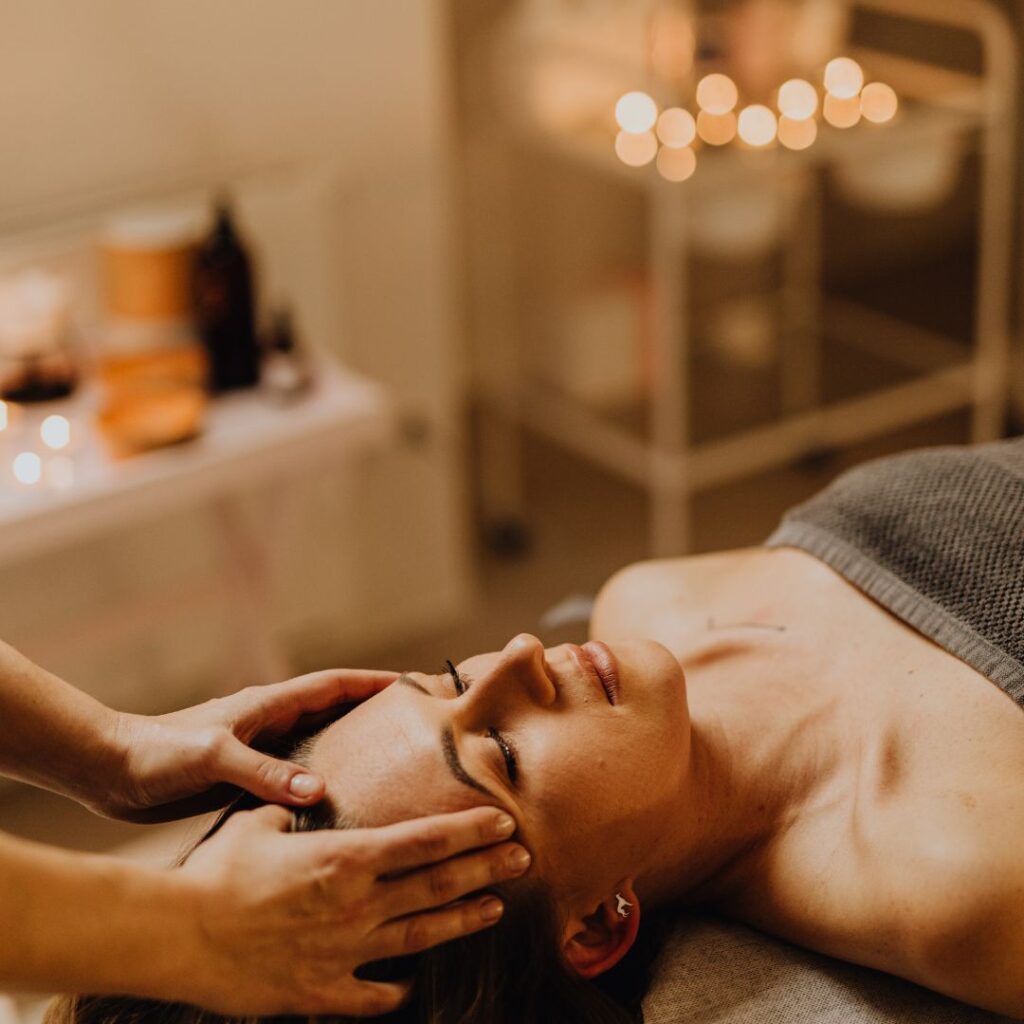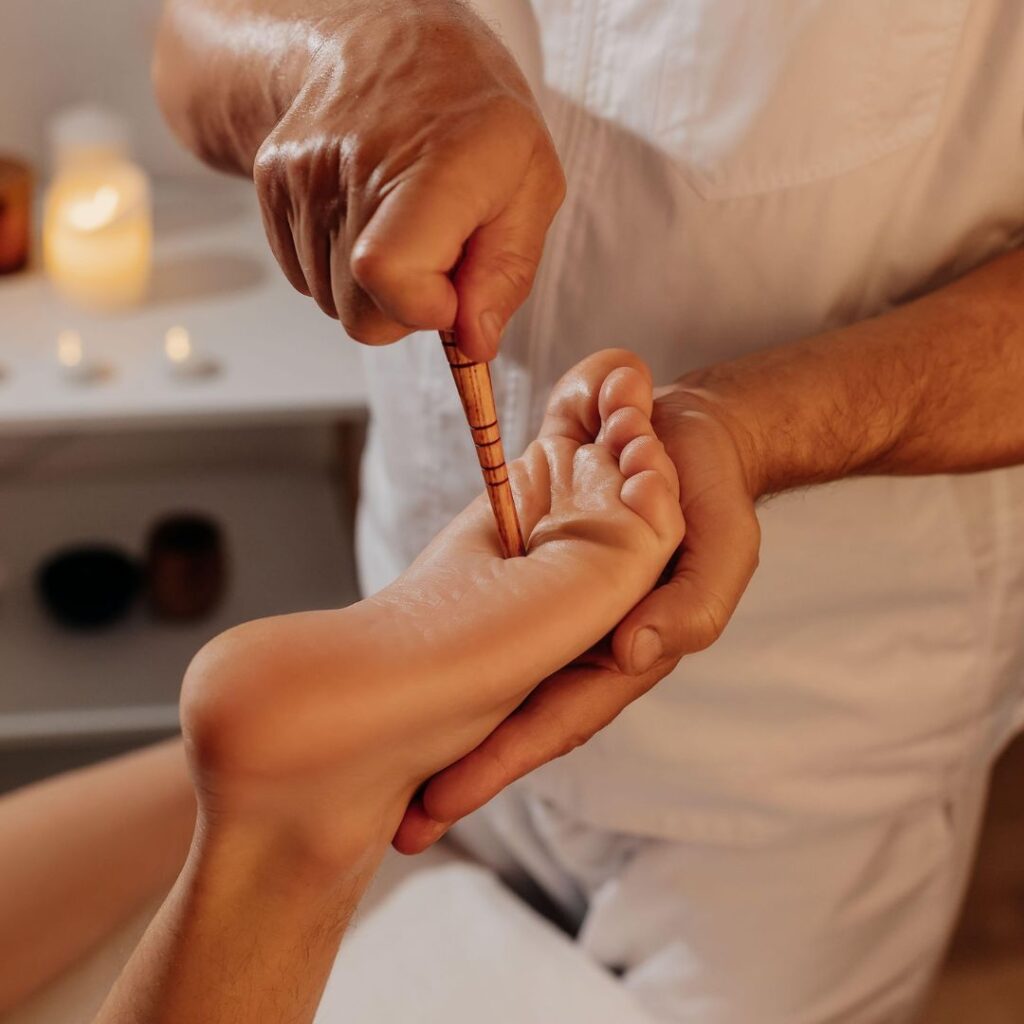Thai massage is well-known as a healing practice that combines stretching, deep tissue work, and mindful breathing. But beyond its therapeutic benefits for clients, learning Thai massage can also dramatically improve the posture and flexibility of the therapist or student. Whether you’re a wellness professional or simply passionate about bodywork, Thai massage offers a hands-on way to enhance your own physical health while helping others.

Body Awareness and Alignment
One of the most immediate benefits of studying Thai massage is improved body awareness. As you learn to move around the mat and apply pressure using different parts of your body (such as your palms, elbows, knees, and feet), you become more attuned to your own alignment. Maintaining proper posture is not only essential to perform techniques correctly but also to prevent injury.
Over time, your spine becomes more aligned, your shoulders open up, and your neck and lower back experience less strain. The very act of giving a Thai massage is almost like practicing yoga. It strengthens your core, promotes a straight spine, and encourages a natural and upright posture.
Passive and Active Stretching
Learning Thai massage requires you to practice a variety of passive stretching techniques, many of which resemble yoga poses. As you guide your practice partner or client into these poses, you often mirror or assist the movement with your own body. This mutual engagement turns each practice session into a stretching workout for the giver as well as the receiver.
The more you practice, the more your body adapts. Tight hip flexors, hamstrings, and shoulders gradually open up, enhancing your range of motion and making everyday movements easier and more graceful.
Functional Strength and Movement
Thai massage isn’t just about flexibility—strength plays a key role, too. Many techniques require you to hold your body weight in specific positions, engage your core, and stabilize your legs or arms while working on someone else’s body. This dynamic movement builds functional strength that supports both posture and joint stability.
As you get stronger and more flexible, you naturally develop better movement patterns. You’re more likely to stand taller, sit straighter, and move more mindfully—reducing slouching and poor posture habits, especially if you sit at a desk or stand for long hours.

Mindful Movement and Breath Connection
Mindful Movement and Breath ConnectionAnother key aspect of Thai massage training is the connection between movement and breath. Therapists are taught to breathe deeply and move rhythmically to maintain a calm, focused energy throughout the session. This breathing practice doesn’t just benefit your mental focus—it helps regulate your nervous system and supports spinal and muscular stability.
With regular practice, you’ll find it easier to maintain posture in stressful situations and become more resilient against physical tension and mental fatigue.
Conclusion
Whether you’re looking to become a professional Thai massage therapist or simply want to improve your own well-being, the benefits of learning this ancient healing art go beyond the mat. It offers a sustainable, body-friendly way to improve posture, increase flexibility, and develop long-term physical and mental resilience.

